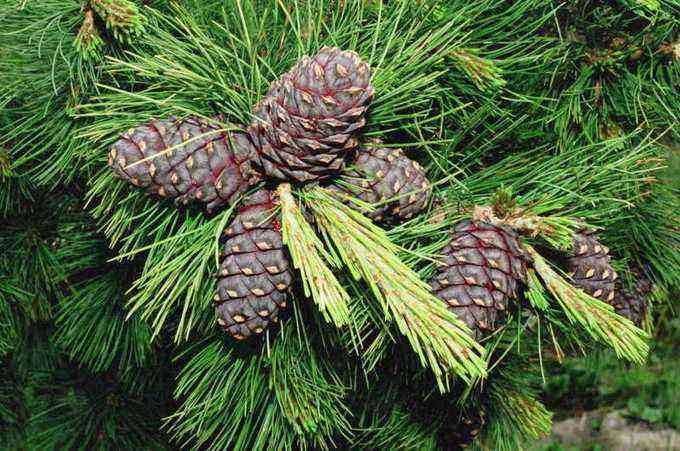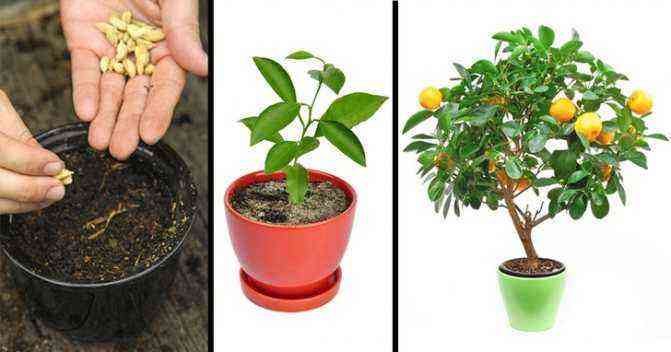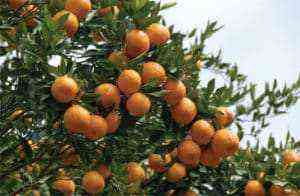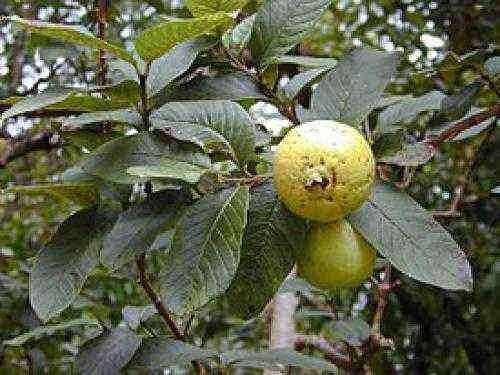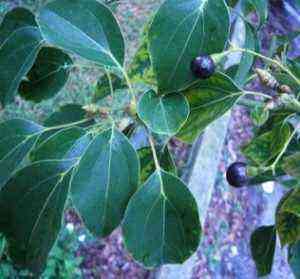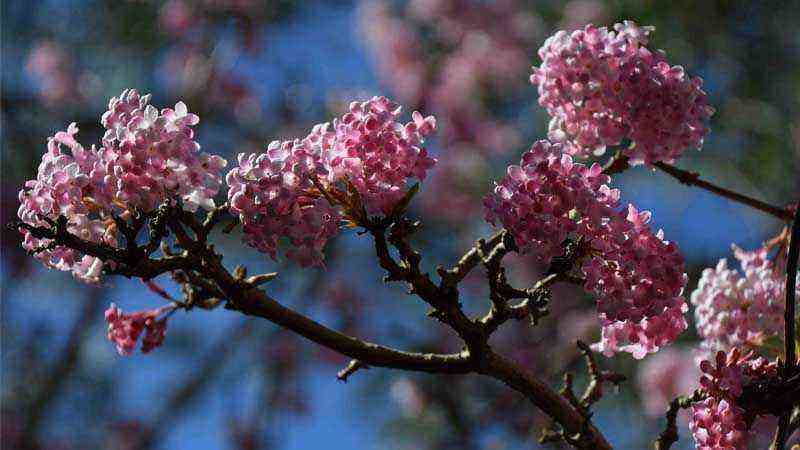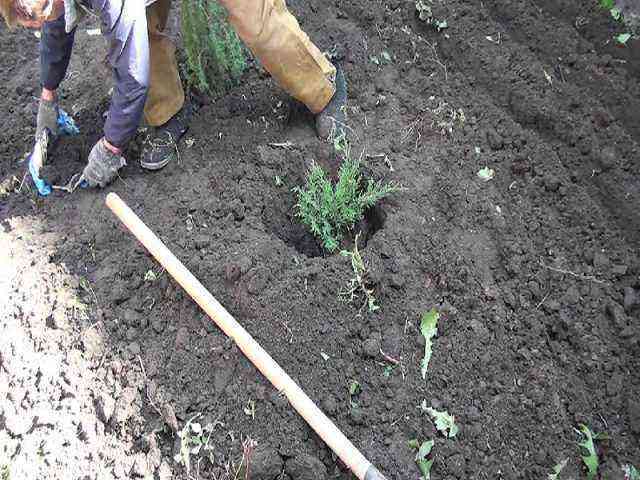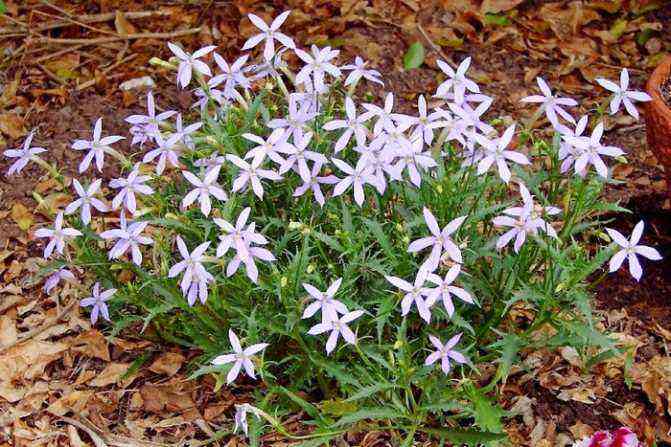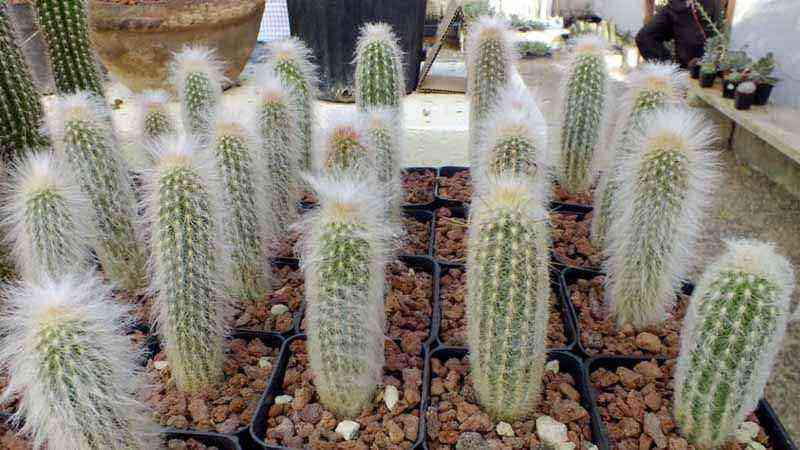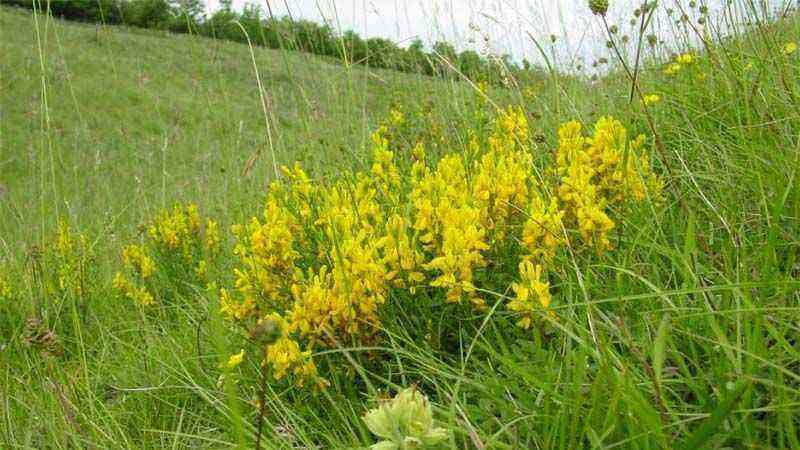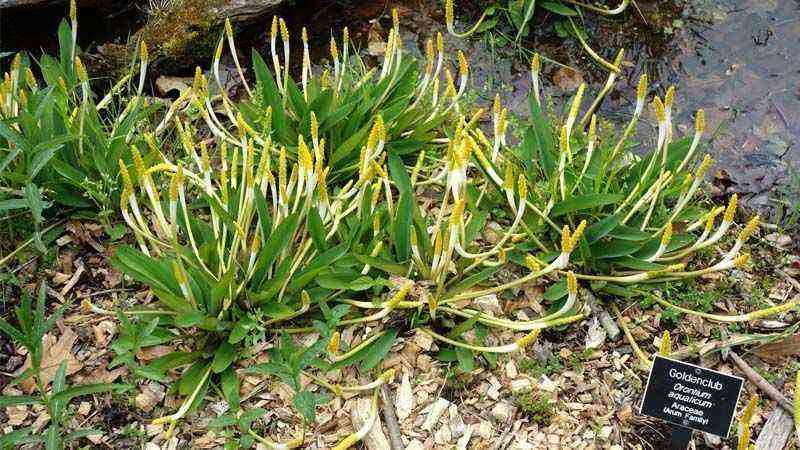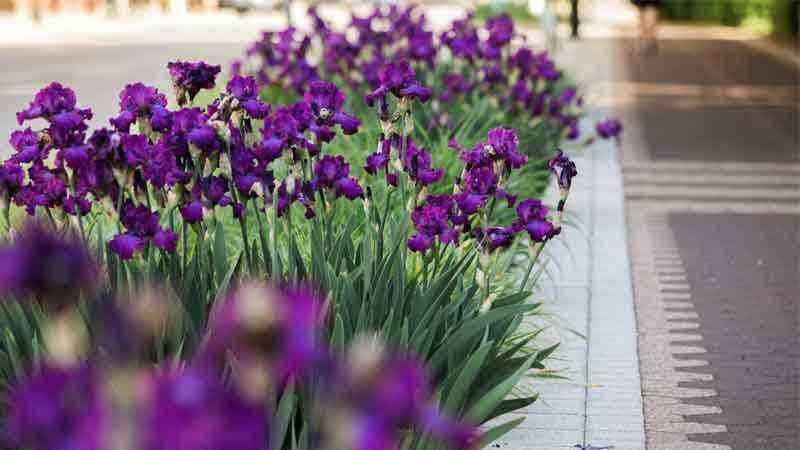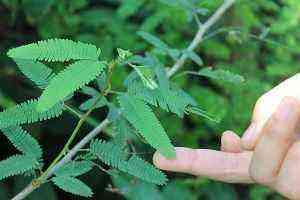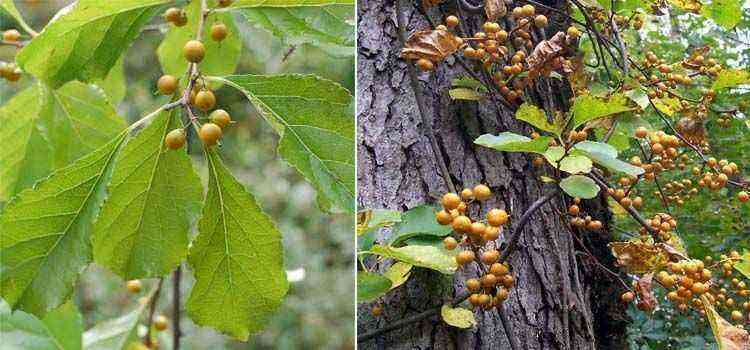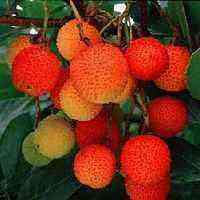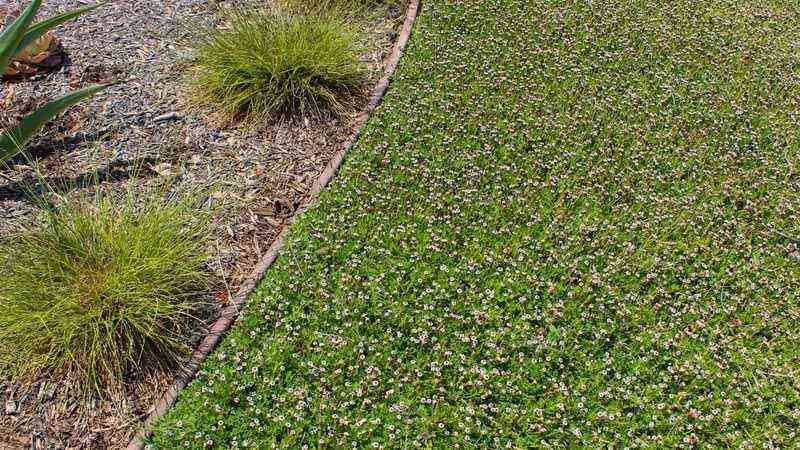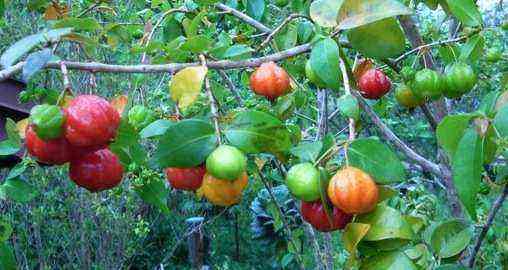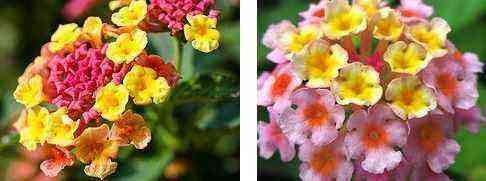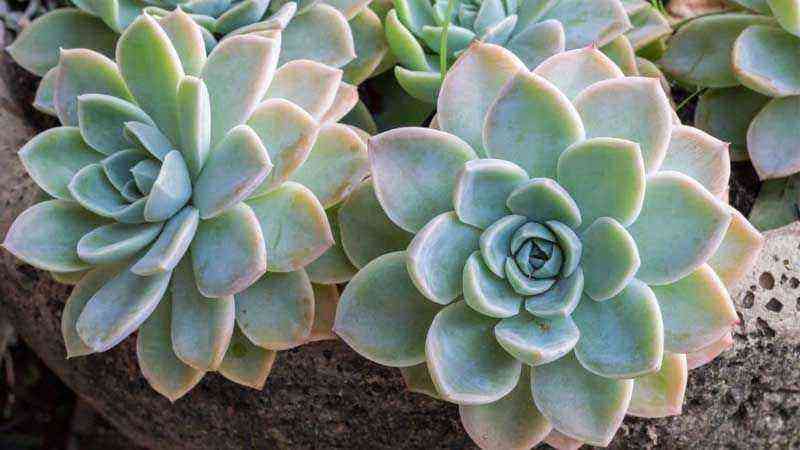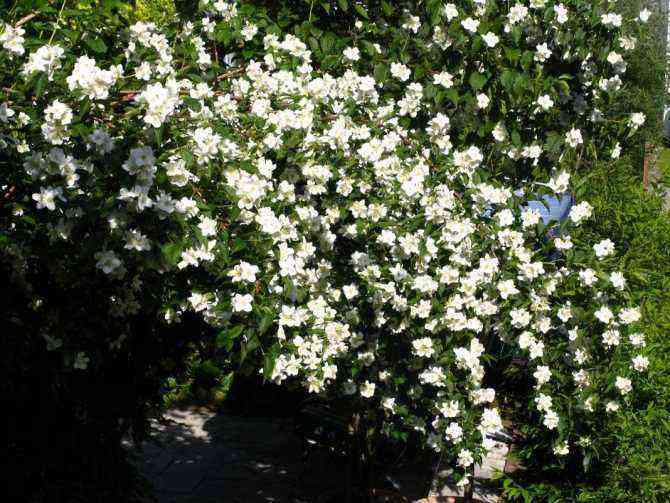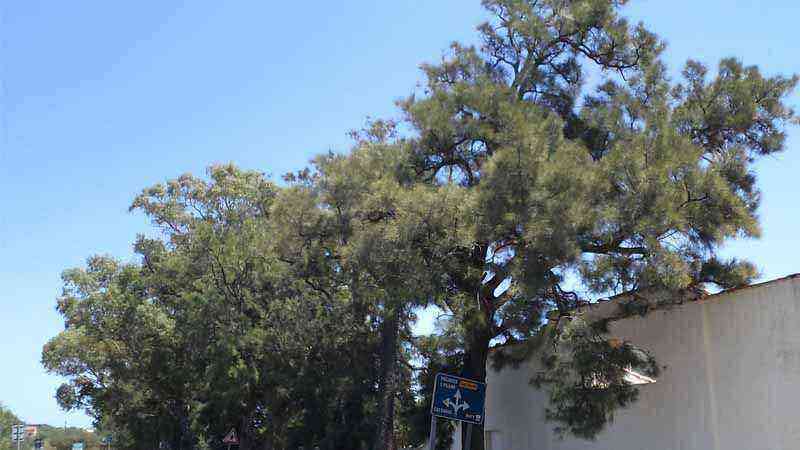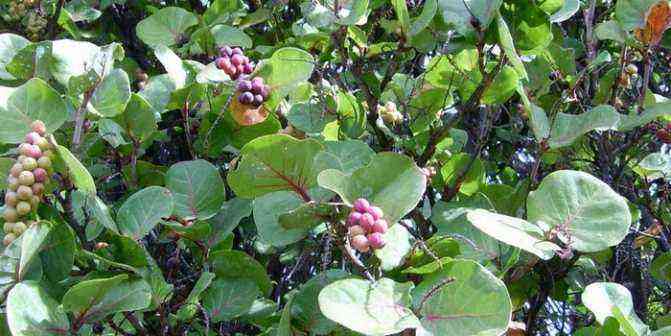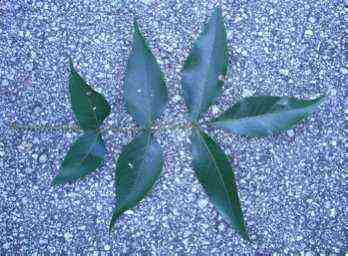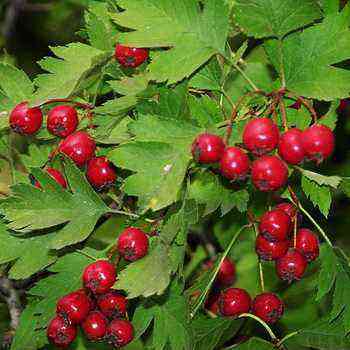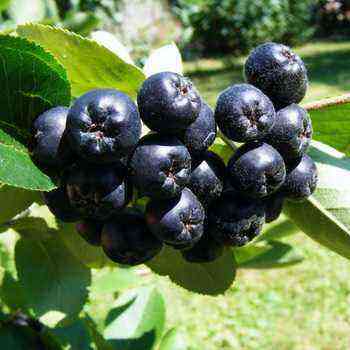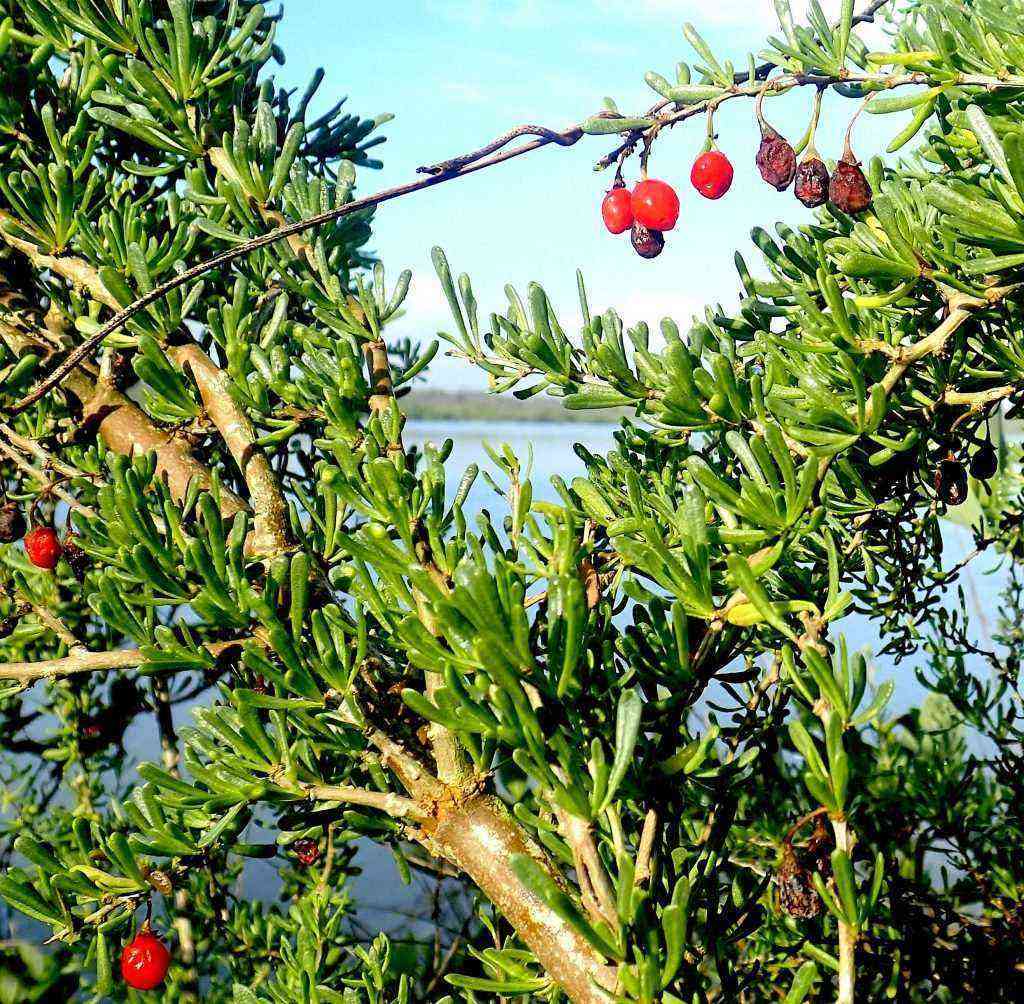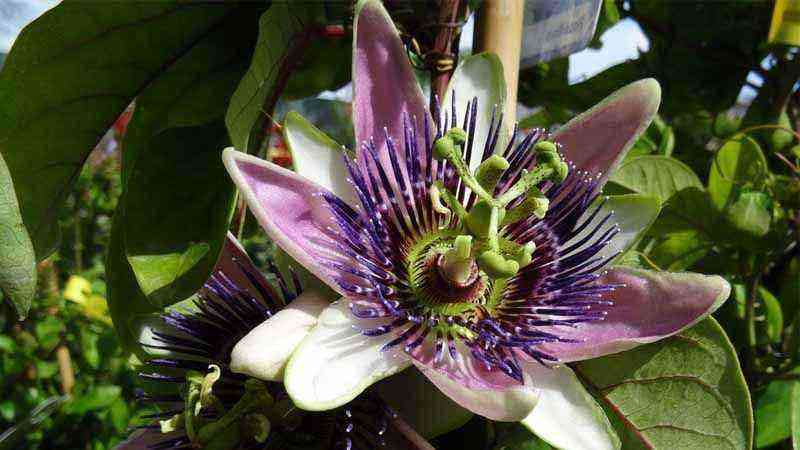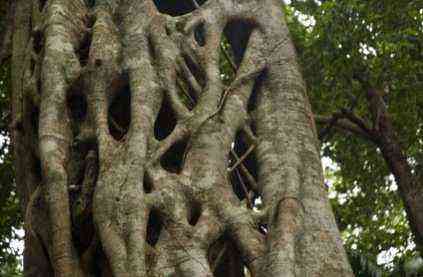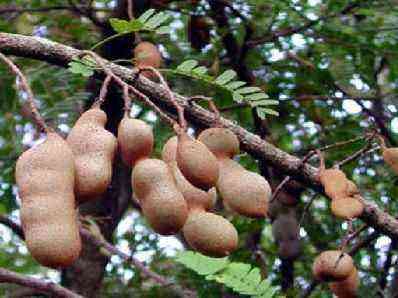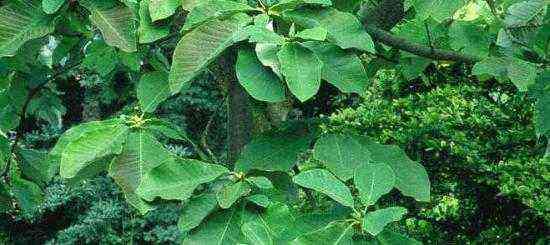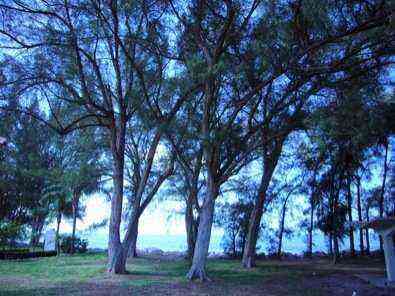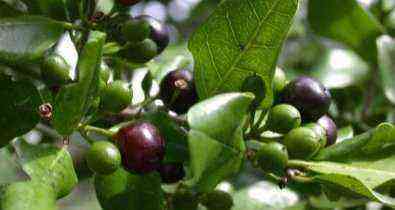Botanical description
Cedar is a coniferous tree up to 50 m in height and with a trunk diameter of 2-3 m. The bark of the cedar is gray, thin and smooth in young trees, thickens with age and becomes covered with cracks. The root system is easily adaptable and is due to the characteristics of the soil, but more often it is superficial with a large number of adventitious processes. An important factor influencing the development of a branched root system is the moss cover.
Cedar needles are acicular, three-tetrahedral, hard with sharp needles in some species (Cedrus libani) and soft in others (Cedrus atlantica). Color from deep green to silvery.
Cedar blooms in autumn. The plant is monoecious; male and female spikelets ripen on the branches of the same tree. Cedar cones are erect, elongated, bluish in color, but turn brown with maturity. The tree begins to bear fruit late, the first cones appear at the age of 20-25 years. The cone ripens for 2-3 years, the seed material is scattered in autumn and winter. Do not confuse the cedar (Cedrus) with the so-called cedar pine – a conventional name that unites several species of the genus Pine (Pinus). These include: Siberian pine, European pine, elfin, Korean. The seeds of these trees are used for food, called “pine nuts”. However, from a botanical point of view, this is neither a nut, nor a cedar fruit, it would be correct to designate the product as “pine seeds”. The fruits of plants of the genus Cedar are inedible.
The average life span of a cedar is 1000 years or more. The oldest cedar grows on the Japanese island of Yakushima; according to various sources, its age is 3-7 thousand years. The growth rate of a tree changes with age. At the beginning of life, it grows rapidly, in adulthood – moderately, adding 20-30 cm per year.
What you need to know about cedar pine
- It is impossible to grow cedar pine from nuts bought in grocery stores. They won’t come up.
- If you decide to purchase a ready-made seedling on the market, be careful not to be deceived. The cedar pine has five needles in a bunch, and the Scots pine has two.
- For decorative purposes, choose dwarf cedar pine varieties. Think about whether you need a 10-meter-high tree on your 40 hectare plot.
- If you want to grow cedar pine for nuts, it is better to choose dwarf pine (or dwarf pine), because the maximum height of its trees does not exceed 5 m, and its nuts are of better quality than that of the Siberian cedar pine.
In addition to real cedars, there are a number of tree species (including deciduous ones), which the locals also call cedar. In Asia – the zest of toona, or Burmese cedar, in Africa – Thompson’s guarea, or fragrant cedar. In our country, cedar is called cedar pine, from which pine nuts are obtained.
Types
The genus Cedrus contains 4 species: Himalayan cedar (C. deodara), Lebanese cedar (C. libani), Atlas cedar (C. atlantica), short-coniferous or Cypriot (C. brevifolia). “Cedar” is often referred to as trees that are not related to this genus. For example, Siberian cedar — Siberian pine (Pinus sibirica). The Caucasian cedar is sometimes called C. deodara, and the Karelian cedar is a variety of conifers growing in the Karelian forests.
Himalayan
A fast-growing tree up to 50 m in height, horizontal shoots, hanging, a wide crown in the form of a cone. The needles are dense, relatively soft, straight, silvery-green, on average 2–5 cm in length. Cones are green-blue when they appear, ripening, acquire a red-brown color. The root system is superficial, with a large number of branches, the tree is not wind-resistant. In the mountains it grows at an altitude of 3500 m. It can reach 3000 years of age. The wood is soft but durable.
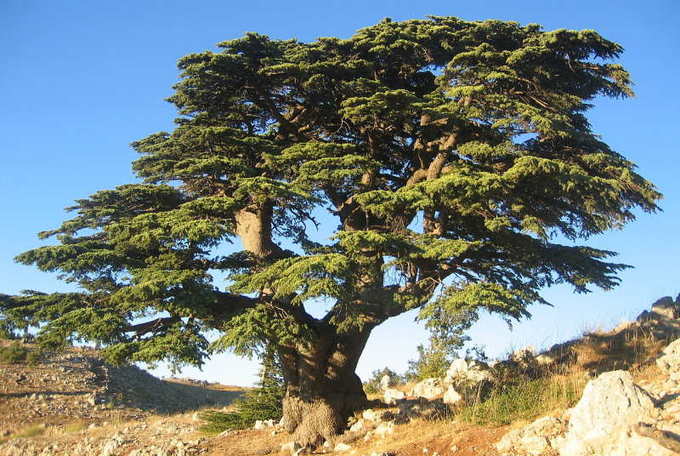
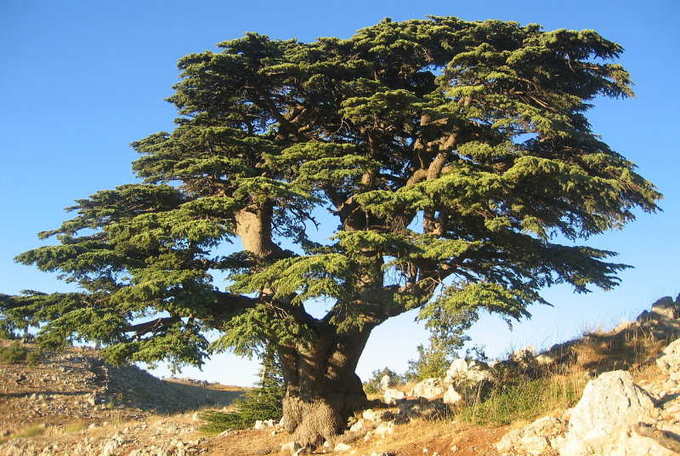
Lebanese
Height 30–40 m, the crown acquires an umbrella-shaped appearance with age. The branches are powerful, departing from the trunk at an oblique angle. The needles are up to 4 cm long, in some forms they are rich green, in others – bluish. Cones are light with a brown tint. The wood is light and soft, red in color.
Atlas
An evergreen tree up to 40-50 m high and a trunk up to 2 m in diameter. The needles are dense, short (up to 2,5 cm), silvery. The wood is fragrant, smelling like sandalwood. The tree is drought-resistant, unlike other species, it can tolerate long-term frosts down to –20 ° C.
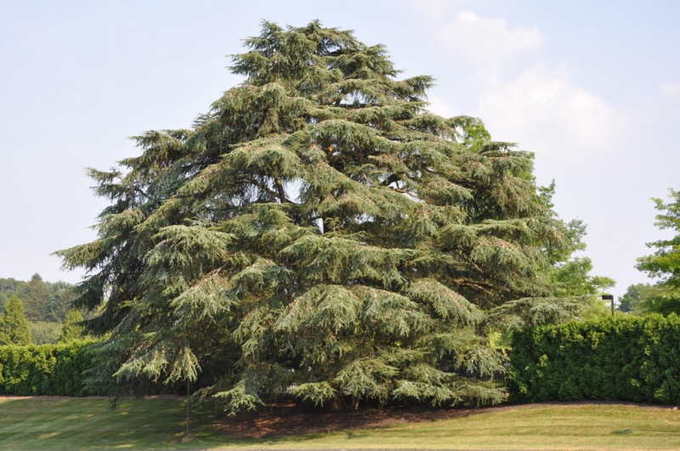

Short-coniferous
A small tree up to 15 m tall with very short bluish-green needles (up to 10 mm). A variety of Lebanese cedar.
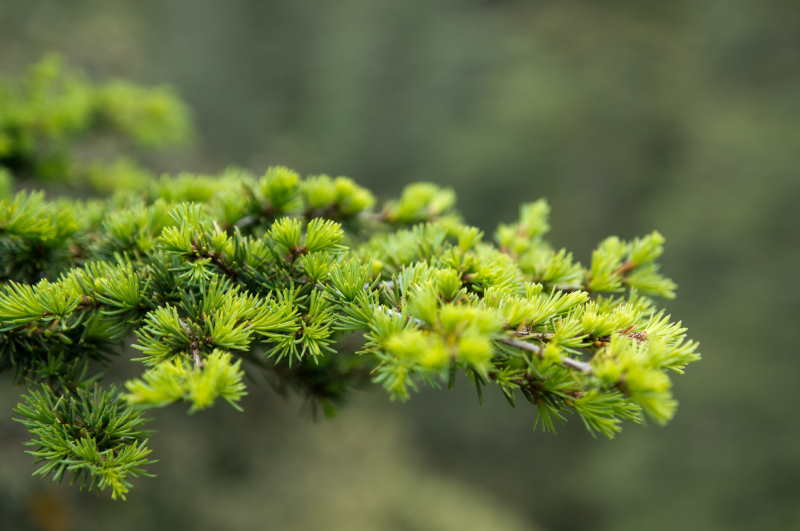
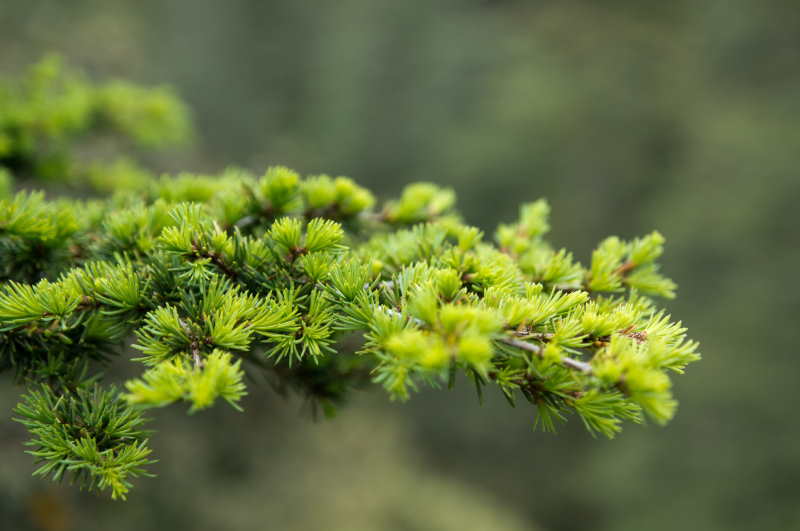
Cedars easily give interspecific hybrids. Hybrid forms are widespread between the Himalayan and Atlas species.
How to choose a planting material?
Before planting cedar pine, it is necessary to correlate the size of the tree and the free space on the site. After all, the coverage of the Siberian pine can be more than three meters. Breeders have bred decorative, undersized, early-growing species of cedar for cultivation in the country.
The most popular varieties:
- “The president”. Walnut tree. Grows up to three meters. Conical crown of low density. Growing fast;
- “Narcissus”. Decorative tree. Grows up to one meter. The spherical crown is very dense. It grows slowly. Suitable for decorating garden structures;
- “Recordist”. Elite grade. Grows up to three meters. The spherical crown has an average density. It grows slowly. Differs in abundant fruiting. The fruits are large.
Distribution
Cedars grow in the eastern and southern regions, preferring mountainous areas. The habitat of species varies:
- The Himalayan species, as the name suggests, is widespread in the wild in the Himalayas, Afghanistan. In Europe and Russia, it has been cultivated since the end of the 19th century. The tree grows in the Crimea, on the Black Sea coast and in the Caucasus.
- Lebanese cedar grows in Abkhazia, Turkey, Lebanon,
- The Atlas species is found in Abkhazia, Algeria and Morocco.
- Short-coniferous – on the island of Cyprus.
Cedars grow well on unconsolidated soils, poor in lime. In nature, they are found in mixed forests with spruce, fir, pine trees and in cedar forests – pure cedar forests. Popular in parkland culture. The tree prefers a warm climate – in Siberia, both in Western and Eastern, and in Karelia due to frosts it does not take root.
Cedar names
The giant that we used to call cedar is one of the types of pine, namely cedar pine or Siberian cedar. Its Latin name is “Pinus Sibrica”. It is this name that appears in the ancient annals.
Unfortunately, exact information about the origin of the word “Cedar” has not survived to this day. There are several theories.
It is quite possible that the Russian Cedar owes its name to its Lebanese counterpart. In the past, icons were made from Lebanese Cedar, which had to be exported.
In the northern regions of Russia, the most popular breeds for making bases for icons were conifers. Being very soft for carving and yet not brittle, Siberian Cedar wood was well suited for such purposes.
Another origin theory says that the name “Cedrus” is originally European and originates in ancient Rome.
Planting and care
The roots of the cedar are located in the upper layer of the soil, therefore uncompacted soil with a rich fertile layer is important for the tree. Well-drained loams that are permeable to air and moisture are preferred. The tree is not resistant to winds; for planting, you should choose places protected from hurricanes. For this reason, cedars are not suitable for landing on the seashore. Shade tolerant, grow well in partial shade areas.
The tree belongs to drought-resistant species. Sensitive to liquid stagnation and needs moderate watering. It is important to ensure that there is no waterlogging, in conditions of high humidity, and especially in calcareous soil, cedar is prone to chlorosis. It is beneficial for the tree to loosen the soil to improve aeration.
You can grow a cedar in the southern regions from seedlings, seeds, or by grafting on a pine tree. Due to the spreading crown, a lot of free space is required for planting a tree. When buying a seedling, plants with a closed root system are preferred. Landing features:
- the right time for planting is autumn and spring;
- the seedling should be transplanted to a permanent place along with a clod of earth and as soon as possible;
- the earth is pre-dug, the size of the planting pit is 30% larger than the earthen coma;
- if the soil is not fertile enough, you can add peat or humus;
- the roots of the plant are sensitive to moisture stagnation, therefore, a drainage layer of pebbles, expanded clay or crushed bricks 10 cm thick is required;
- the tree can be strengthened with a peg.
After planting, the tree is watered abundantly. Mulching will help prevent moisture loss – covering the soil around the main shoot with peat, crushed bark, dry grass, needles by 5 cm.Mulch acts as a fertilizer in the process of decay.


Watering is carried out only in the summer dry months, making sure that the soil is moderately moist.
Cedar, like other conifers, does not really need additional feeding. Fertilizer is enough to apply 1 time per season. A complex mineral product specially formulated for conifers will be suitable. From organic matter – vermicompost and compost.
Young shoots are pruned in spring and autumn. Places of cuts are lubricated with garden pitch. When forming, the crown is given a spreading shape. For the prevention of diseases, regular sanitary removal of dry branches and cleaning of needles that have fallen to the ground are recommended.
The trees are insulated for the winter. The trunk is covered with agrofibre, burlap or sprinkled with peat 5-7 cm thick. Sometimes it is covered with spruce branches – coniferous branches.
Transfer
Dig up a small cedar carefully, trying to preserve the roots. If possible, the seedling is removed from the garden along with an earthen clod. Air drying after the plant has been dug up is also unacceptable. The root ball must be moistened with water and planted.
The planting site must be prepared in advance, the soil is dug up with humus and cleaned of weeds. There are peculiarities in the planting scheme: in order to achieve cross-pollination, seedlings are planted in a group of 3-4 trees with an interval of 5-7 meters between them. Lupine grown between them stimulates good growth of young plants.
The plantings must be watered generously around the circumference of the crown, they do not forget to fertilize the trees, adding phosphorus-potassium fertilizers before winter, and organic matter in the spring.
Reproduction
The tree blooms in autumn, pollinated by the wind without the help of insects. Reproduction of cedar in nature occurs by seeds. Cedar cones ripen every 2-3 years, scatter in late autumn and early winter. Sometimes cedar seeds are called nuts or nuts, from a biological point of view, this is not true. The seeds have a thin skin and large lionfish, highly resinous, this protects them from rodents and increases germination.
The first shoots appear 3 weeks after the seeds enter the soil. When growing independently from seeds, the basic rules are observed:
- the time for collecting cones is the end of autumn, ripe and healthy are selected;
- seeds are germinated for 2-3 days, placed in water, not forgetting to regularly change it;
- to prevent diseases caused by pathogenic microorganisms, they are kept in potassium permanganate for several hours;
- stratified at a temperature of about +5 ° C in moist peat or sawdust for 3 months;
- before planting, they are again soaked in potassium permanganate;
- sown in early spring to a depth of 2-3 cm in boxes under the film;
- add superphosphate, ash, peat, mulch with sawdust.
The film is removed upon reaching 2 years of age, the tree is ready for transplantation to a permanent place at the age of 5 years. Transplanted in autumn or early spring.
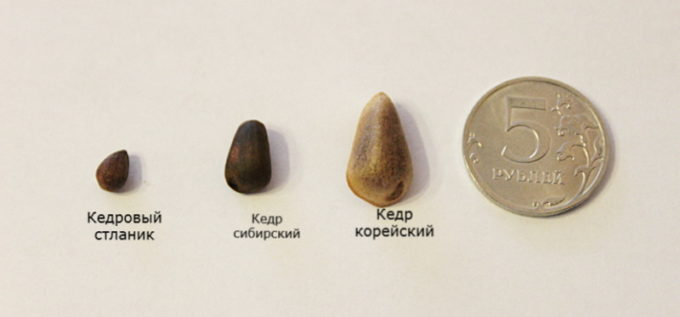
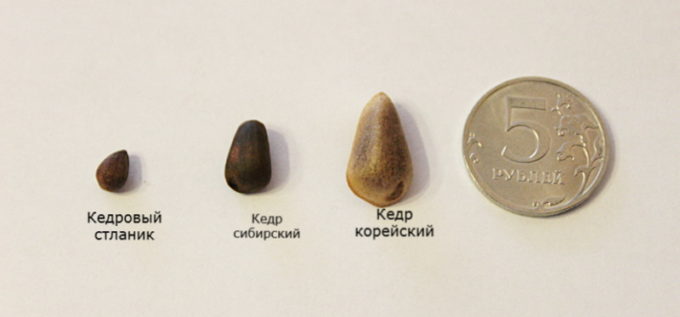
In addition to seed breeding, in culture, cedar can propagate by cuttings. The advantages of vegetative propagation in comparison with seed propagation are the speed and the ability to preserve the plant variety. Technology features:
- spend in cloudy weather, in spring;
- it is better to take a stalk from a young tree;
- the cut is made with a sharp blade or is torn off with a quick downward movement, keeping the “heel” – a part of the bark with a layer of wood, treated with root formation stimulants;
- when landing, they retain their orientation to the cardinal points;
For rooting, moisture, warmth, and disease prevention are important. It can take up to 6 months before root formation. The method is rather complicated, it is more often used in nurseries, the percentage of rooting is low. It is better for novice gardeners to grow a tree from a purchased seedling.
Diseases and pests
The greatest threat to the tree comes from grinders and silkworm caterpillars. Occurs, but infestation with hermes, aphids and scale insects is less common. In case of insect damage, insecticides are used, spraying the entire tree at the dosage indicated in the instructions.
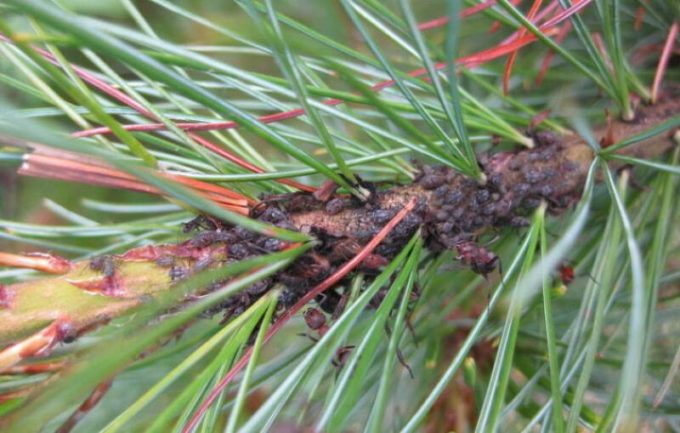
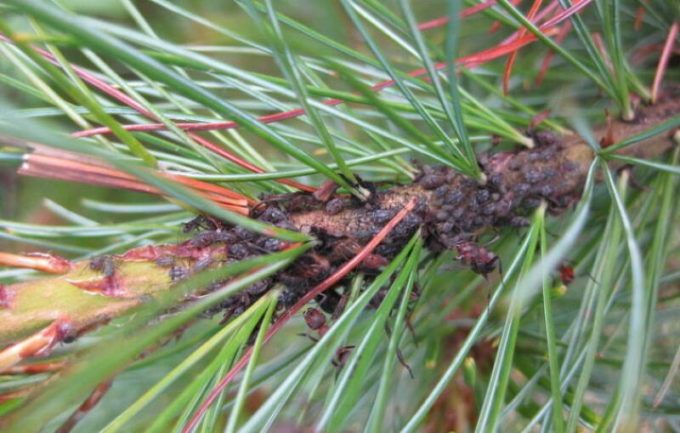
Many cedar diseases are caused by fungal pathogens. The most common is root rot caused by Pythium and Fusarium. Disease prevention – aeration and moisture control, prevent moisture stagnation. The disease manifests itself as a white bloom at the base of the trunk; in a severe form, needles may fall off. When the first symptoms appear, you should immediately treat with fungicides. The affected branches are cut and burned. Other dangerous fungal diseases include rust and brown rot, which affects the needles, leading to yellowing and dropping.
Growing in dry lime soil, the tree often suffers from chlorosis. For prophylaxis, loosening is recommended.
Problems
Diseases of cedar pine are caused by some types of fungi that live in the soil. Their damage to the roots of young trees often leads to the death of plants. Anamorphic fungi belonging to the group of soil pathogens are the cause of tracheomycotic wilting, which manifests itself as follows: the roots become brown, and the mycelium of the fungus, penetrating into the vascular system of the tree, clogs it and blocks access to food. As a result, the needles turn red and fall off, the plant dries out quickly.
Fungal diseases are difficult, almost impossible to cure. Only preventive measures aimed at suppressing the multiplication of fungi can be effective. To prevent the spread of such diseases, planting material should be carefully selected, and rooted plants should be timely treated with fungicide preparations or copper-containing compositions. Affected trees and fallen needles must be removed from the site. In the initial stages of a fungal disease, stem injections under the bark are effective, but the onset of the pathological process is very difficult to determine.
Another scourge of a culture like cedar pine is cone rust, which is also caused by soil fungi. The symptoms of this disease are as follows: the tips of the shoot die off, the trunk is curved, and the cones open and dry out. The danger of this disease is that it spreads rapidly among young trees and can negate the work of the nursery. Therefore, preventive measures are necessary: the treatment of young animals with fungicides is required. If necessary, in advanced cases, cutting of affected trees is used.
Meaning and application
Cedars grown in southern climates are a source of durable and valuable heartwood. Furniture and decorative crafts and products from cedar are popular. In addition, wood has found applications in shipbuilding, construction and the creation of underwater structures. Due to its softness, the wood is easy to handle. Cedar wood is similar to larch, it is distinguished by its whiteness and lightness, although it is inferior in strength.
From the resin of the tree, rosin is obtained, which is used in the manufacture of varnishes and in the soldering work. Solidified cedar tree sap – amber is used in jewelry and in the manufacture of medical instruments.
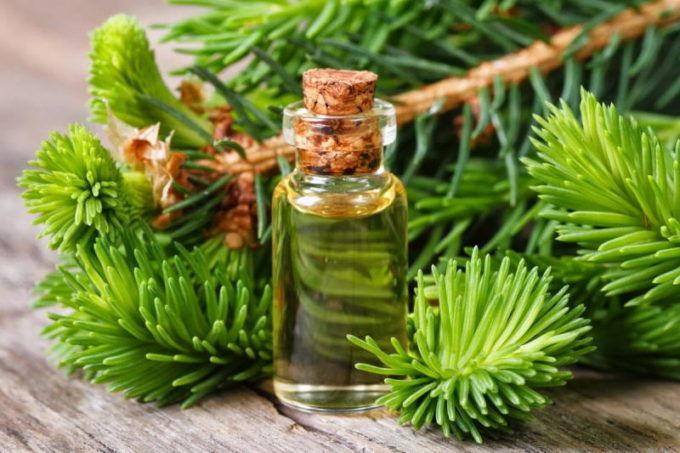
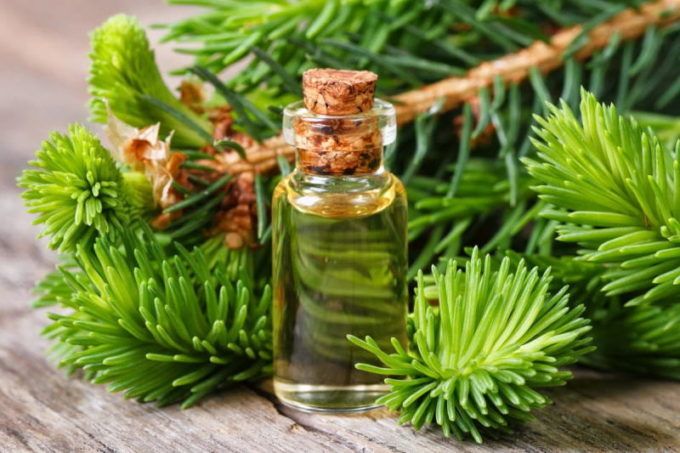
Cedar needles also have useful properties. Used in the perfumery industry for the production of essential oils with antiseptic properties and a soothing coniferous aroma that helps to cope with anxiety. A decoction of cedar needles is rich in vitamin C and has a healing effect in the treatment of scurvy and colds.
Use in landscape design
Cedar trees are used for landscaping parks and squares, the spreading crown is decorative and creates extensive shade. The tree can reach 50 m in height and is suitable for the formation of alleys. The plant looks spectacular both in group and in single plantings.
The varieties with silver and blue needles, as well as weeping forms, are most in demand in landscape design. A popular decorative form is C. deodara Pendula, a short tree with hanging arched shoots and rich green needles.
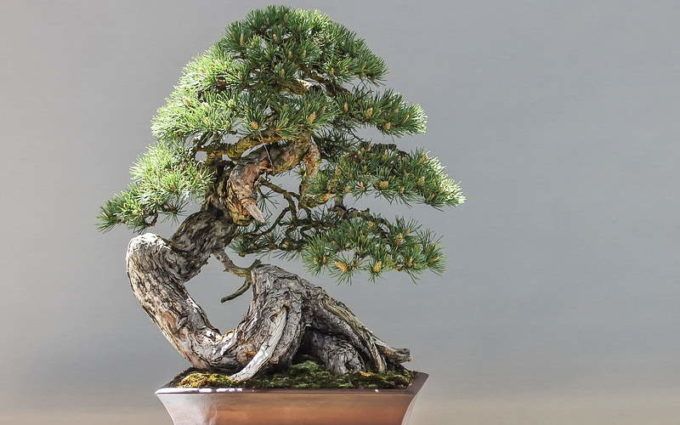

Young trees are successfully used to create hedges. Cedar goes well with undersized decorative deciduous plants and other conifers. Dwarf varieties are suitable for Japanese-style stone gardens, bonsai and topiary.
Medicinal properties of cedar
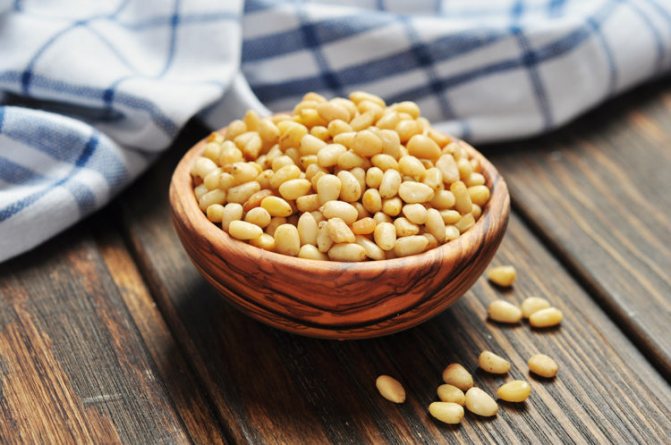
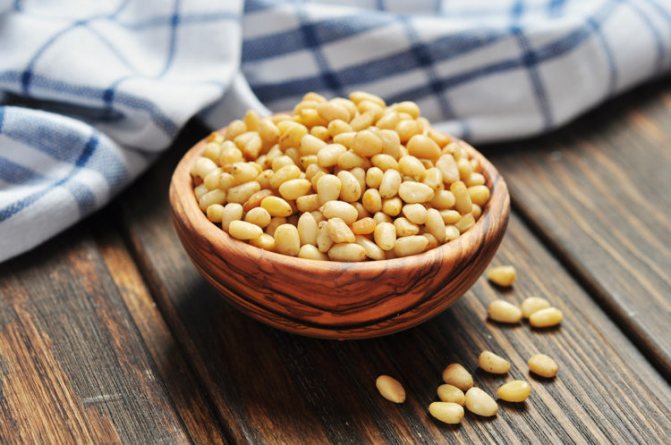
The kernels of cedar seeds contain a huge amount of vitamins and fats, therefore they are widely used in medicine and food industry. The microelements contained in the seeds of the Cedarwood help to improve memory and are the most valuable source of vegetable proteins and fats.
Moderate consumption of seeds increases immunity and restores the nervous system, strengthening the heart and blood vessels.
It is known that Cedar wood kills microbes, so they tried to make the bottom of the famous birch bark tuesques from Cedar. Cedar milk from crushed seeds is used in the treatment of tuberculosis diseases.
Cedar resin, like pine, promotes wound healing and is used in the fight against colds and lung diseases. Cedar needles are recommended as a remedy for asthma.
Since ancient times, in Siberia, cedar needles have been considered an excellent remedy for scurvy, and also served as the basis for medicinal tinctures.
